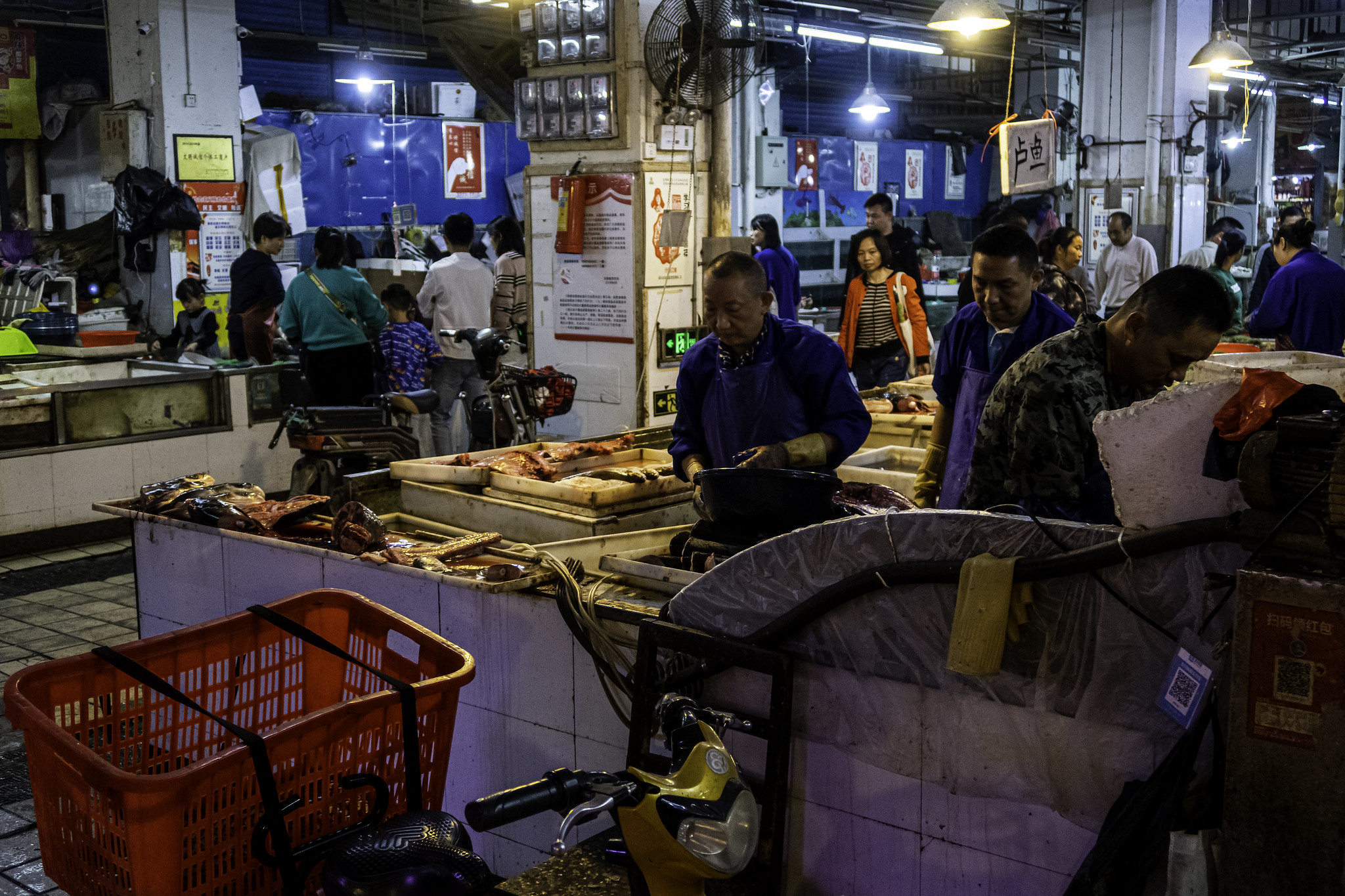Media release
From:
Epidemiology: SARS-CoV-2 found in environmental samples from the Huanan Seafood Market
The results of surveillance for SARS-CoV-2 in the Huanan Seafood Market, Wuhan, China, in early 2020 are presented in a Nature paper this week. The analysis of environmental and animal samples from the market detected the virus in environmental swabs. Further analysis of the genomic material in both virus-positive and virus-negative environmental samples revealed that a wide range of animals were present at the market, including species — such as racoon dogs — that have previously been hypothesized to be potential intermediate hosts for SARS-CoV-2. However, the new analysis does not show that these animals were infected with virus, and therefore the origin of the virus cannot be determined from this study.
The Huanan Seafood Market, Wuhan, was associated with clusters of early human cases of COVID-19 in December 2019 and was closed on 1 January 2020. To investigate the prevalence of SARS-CoV-2 in the market, samples from the environment and animals (comprising unsold goods found in refrigerators and freezers, stray animals and their faeces, and the contents of a fish tank) in and around the market were collected between 1 January and 30 March 2020. Altogether, 1,380 samples were collected (923 environmental and 457 of animal origin).
Seventy-three environmental samples collected from in and around the market tested positive for SARS-CoV-2, George Gao and colleagues report. Of the 64 positive samples from within the market, 56 (87.5%) were taken from the west zone of the market (the southwest corner of which was suspected to sell wildlife) — although this area was prioritized for more-intensive sampling. SARS-CoV-2 was also detected in sewers and sewage wells, which suggests that infected humans and/or animals may have contaminated sewage and thus facilitated the spread of the virus in the market.
Although these findings support claims that SARS-CoV-2 was prevalent in the Huanan Seafood Market during the early stages of the COVID-19 pandemic, they cannot provide proof of potential spillover of the virus from animals to humans in this setting, the authors conclude. The possibility of potential introduction of the virus to the market through infected humans, or cold chain products, cannot be ruled out yet.



 International
International



